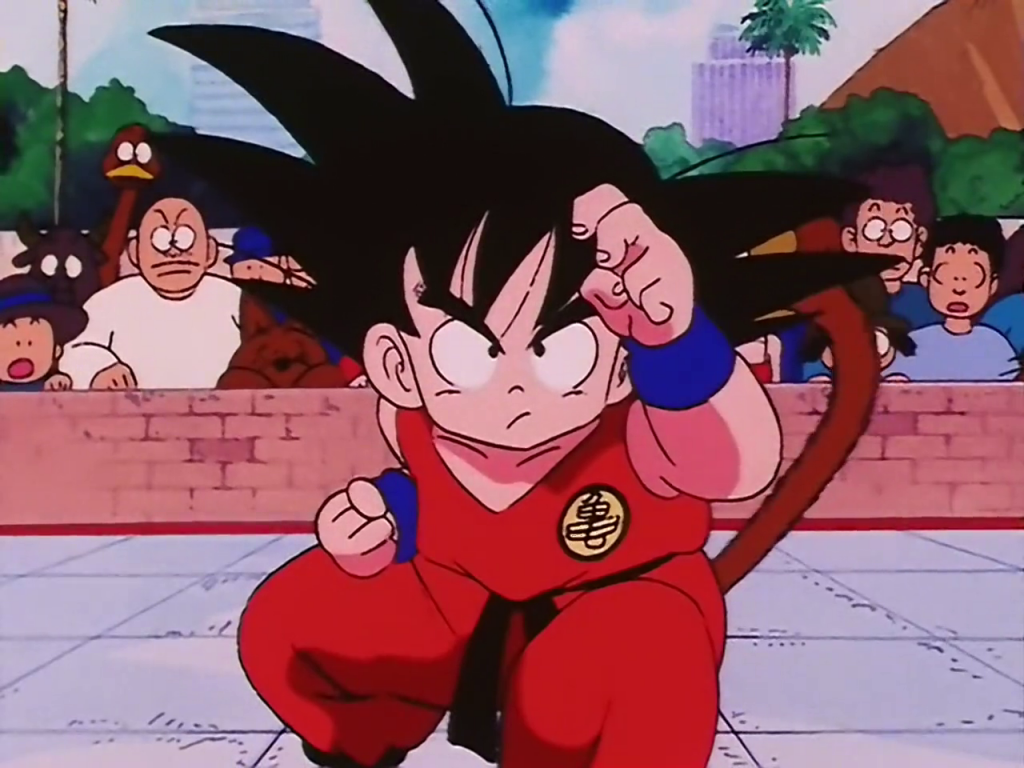
Sydney
June 21-22, 2025
Sydney Showground Olympic Park

Subs vs. Dubs: the timeless conflict, a war that has spanned entire generations. As early as there were alternate-language dubs of shows, there have been those who have shunned their native language and proclaimed, “Meh, sub is better.” And so, the battle raged on, and the next chapter in the history of this fight will be written here now, and you can decide the victor!
So, here’s the tea: what makes dubs great is that they’re not just a straight up translation, they’re an adaptation. Very big difference. To adapt anime for a different country means localising it to fit in with a culture outside Japan, which can have tiny and huge implications.
Cultural jokes can be changed to be about topics actually relevant to the dub culture; Japanese wordplay can be made into English puns instead. On the other end, few of us want dub companies to go full old-school Dragon Ball Z dub and just rewrite the whole thing, but that is kind of what dubs do. They rewrite it so more people can enjoy the show, and wanting to share something great like anime is definitely not a bad thing.
Sub fans might say it’s “compromising the vision” and it might not be the “purest” way to watch, but as long as the themes’ intended effects remain the same, that should be enough, right? If a joke that’s only going to be funny in Japan is changed to be funny here and it gets a laugh, that’s mission accomplished. If the aim of a scene is to make the viewer laugh or cry, or rage, or whatever, dub writers should do what they have to do to make sure everyone can get that same effect.
Nothing is being ruined or destroyed by dubs, because the subtitles will always be just a few button clicks away. How many of us got into anime from watching old dubs of Sailor Moon, One Piece, Shaman King, Yu-Gi-Oh, Pokémon, or anything else you can name, from Saturday morning TV? That is the experience that dubs can offer.
Subs are a more sophisticated way to watch anime. A term that gets thrown around a lot when it comes to the “dub vs. sub” debate is ‘adaptation’, and truly, there is no better word to ascribe to the world of dubbing than that. All the Japanese colloquialisms and pure culture embedded in anime — purely so an audience can enjoy the content to its fullest extent — is lost when dubbed into English. Sure, the dub makes it easier for an English-speaking audience to relate to the content but, as the dubbed content is predominately American, it struggles to truly connect with audiences outside of America (especially when particular references are made even more specific).
Think of dubs as a gateway into a superior viewing experience; they’re fun, sure, and they’re definitely the easiest way to get your anime fix, but there’s a reason that a lot of anime fans eventually move on to subtitles. If you’re after just a chill session where you don’t have to pay too much attention to what you’re watching, then dubs might be for you. But if you’re truly committed to watching an anime, if you’ve already had your bathroom break, your snacks are right beside you, and you’re prepped and ready for an exciting experience, then subtitles are the way to go.
Nobody should be knocking dubs too hard; they can be a great gateway into the wondrous world of anime, and they’re definitely good for a bit of light humour. But subs are truly the best way to go if you like anime as close to the OG vision as possible. Not changed through improvised lines thought up by foreign voice actors — talented though they might be.
So, subs or dubs?






